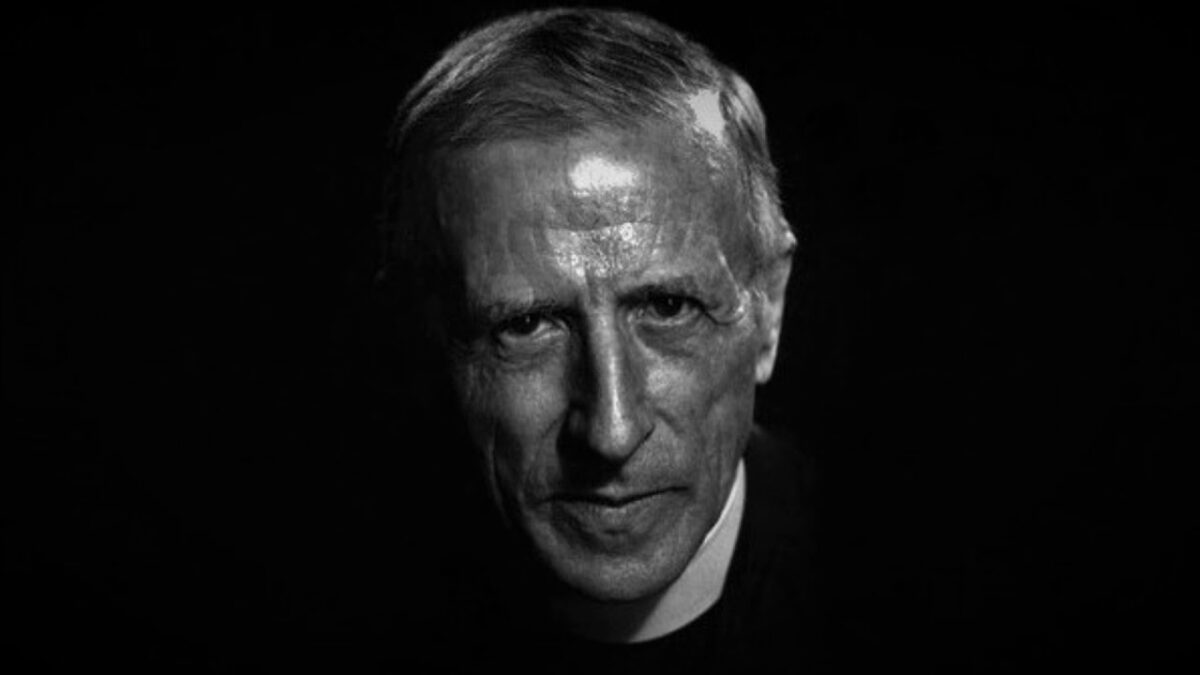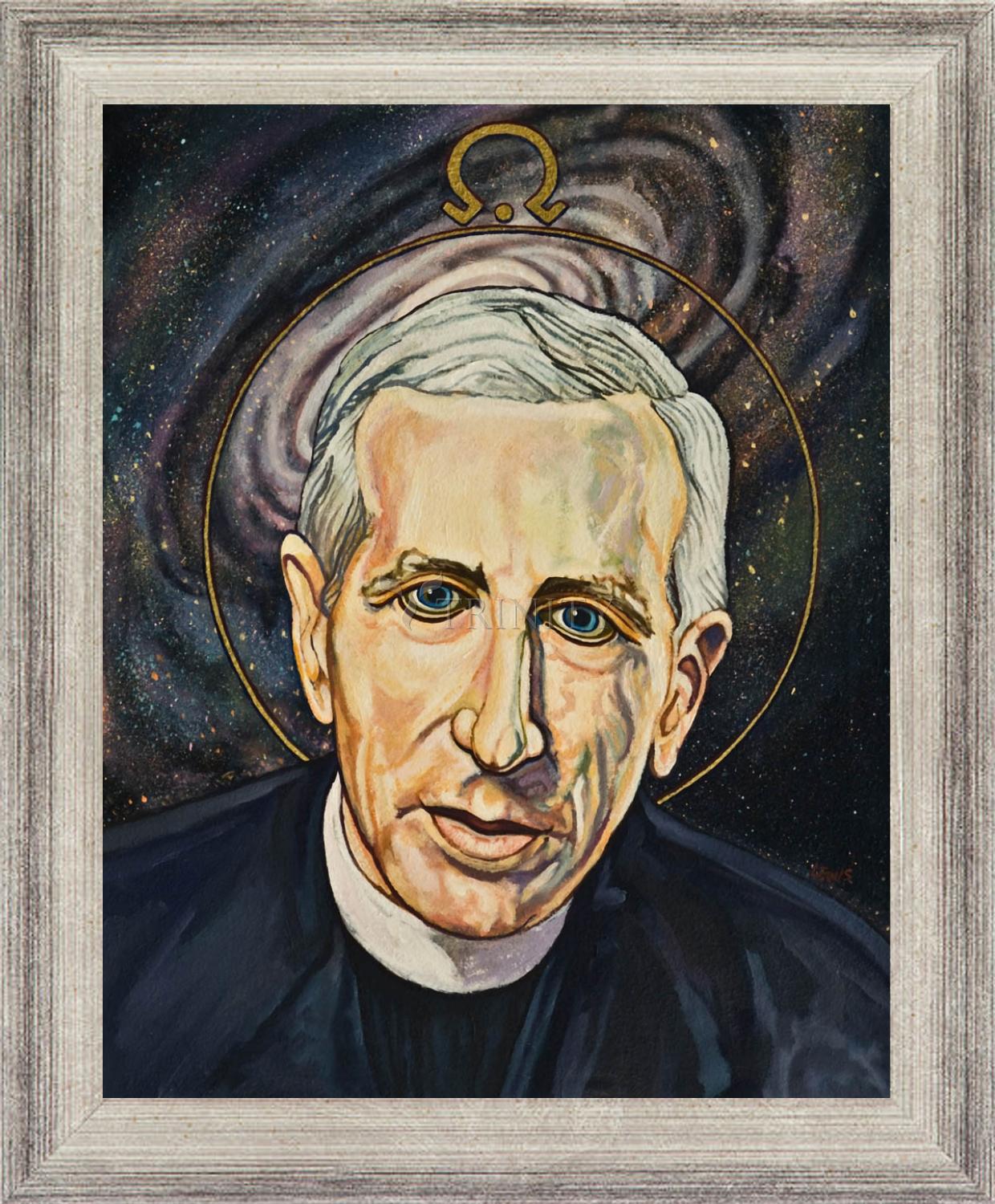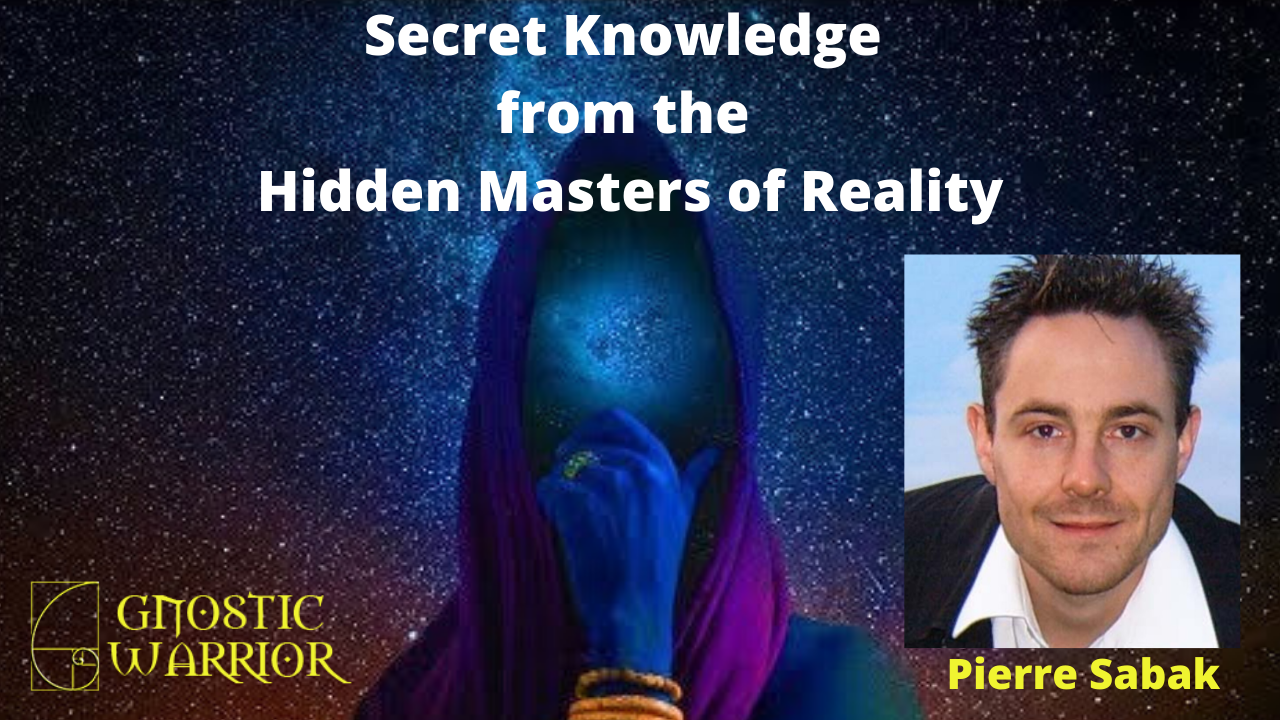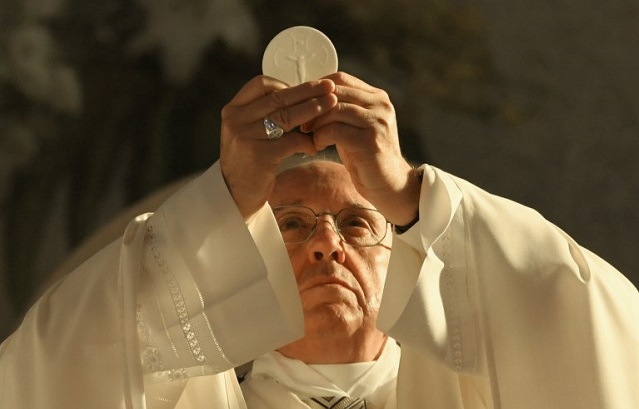Pierre Teilhard de Chardin, a Jesuit (Society of Jesus), was the most written-about and silenced Jesuit of the twentieth century, and certainly one of the most famous.
He was a geologist, a paleontologist, a philosopher, an evolutionary theorist, and a diehard mystic. Teilhard was also a gifted poet and writer who explored the cosmic intersection between science and religion.
The forbidden zone of gnosis for so-called pius Catholics.
Teilhard’s writings were banned by the Roman Catholic Church, but his books have sold more than a million copies. His ideas are part of mainstream popular culture, and his name is easily recognizable to most educated people. He has been called “one of the few truly great thinkers of our century,” and he has also been called a “deeply corrupting and corrupt philosopher.”
He has also been called “the man who discovered the soul of the world,” “the man who saw into tomorrow,” “the prophet of human potential,” and “the scientist with a heart.”
Teilhard was born in the Auvergne region of France to a family of minor nobility. He joined the Jesuit order in 1899 at age 18, citing his attraction to their strong emphasis on science education. Ordained as a Catholic Priest in 1911, he took up postgraduate studies in paleontology at the National Museum of Natural History in Paris, and he also studied physics and chemistry at the Sorbonne University and geology under Professor Marcellin Boule at the Institute for Human Palaeontology.
In 1912 he received a degree in paleontology from the National Museum of Natural History in Paris, where he began his lifelong work studying fossils and human origins.
His Jesuit training took him to various locations around France, Belgium, England, Egypt, and South America. During World War I he served as an army chaplain and was among those who first uncovered evidence of the Piltdown Man fossil hoax. He then returned to Europe where he continued his work on paleontological studies. He was also a mystic who had visions and wrote about what he saw in language that was poetic and beautiful but difficult for many to understand.
Although Pope Pius XII praised him for his work, the Vatican condemned his work on several occasions. There are thousands of articles on his life and work, some praising him as an up-to-date thinker who brings together science and religion; others condemning him as a heretic who defies Church teachings on a number of subjects.
On 6 December 1957 the Holy Office published a decree stating that ‘the books of Father Teilhard de Chardin SJ must be withdrawn from the libraries of seminaries and religious institutes; they may not be sold in Catholic bookshops; and they may not be translated into other languages. The decree had little or no effect on the continued publication or the translation of Teilhard’s works.
The Society of Jesus has often been criticized for ‘silencing’ Teilhard. But, as Thomas Corbishley says, ‘If his superiors were to show a regrettable timidity in refusing to allow him to publish certain books which seemed, at the time, dangerously novel, it was these same superiors who encouraged his scientific bent and gave him every opportunity to pursue his interests in geology, paleontology, the study of human origins, which were to provide the basis for his larger speculations.’
Teilhard’s magnum opus, The Phenomenon of Man, was published posthumously in 1955 and remains controversial to this day. The book explores how evolution is moving toward greater complexity and consciousness — toward what Teilhard calls an Omega Point. In Teilhard’s view, the Omega Point is God; it is also the earth’s final destiny.
For Teilhard, evolution was continuous: matter evolved into life and life evolved into consciousness. Human beings are the highest stage in this process but not its final goal: evolution continues towards what he called Omega Point – the point of convergence towards which all the universe is evolving. This is the point at which all humanity will unite in a single perfect consciousness of Christ – “the ultimate fulfilment of all things” (Teilhard de Chardin 1964).
These teachings later developed into what is known as the nousphere or noosphere, named after the Greek word for mind – nous (νοῦς). The concept was developed by Pierre Teilhard de Chardin (1881-1955) and Vladimir Vernadsky (1863-1945). The coining of the term is attributed to Édouard Le Roy (1870–1954).
The concept of a noosphere was first developed by Vladimir Vernadsky as he was working on his theory of the biosphere and geosphere. Vernadsky suggested that as life emerged on earth it created a new layer around the planet—the biosphere—that was distinct from geochemical processes and that changed over time with its own momentum.
In 1936, when Pierre Teilhard de Chardin read Vernadsky’s work, he saw how ideas about a nousphere might be worked into his own notion of both cosmic and biological evolution moving towards greater complexity and consciousness.
Teilhard’s concept of a global noosphere, or collective consciousness, is similar to Vernadsky’s idea of the “biosphere” (the planetary thinking layer). In The Phenomenon of Man (1955), he wrote that the noosphere is “a thinking envelope gradually spreading over the surface of the globe.”
The noosphere can be seen as an emergent property of our species-wide nervous system and communications networks. It develops in interaction with our genetic and cultural inheritance.
Teilhard says that there is a “greater complexity” than matter and energy. He calls this greater complexity “mind.” Matter makes up our physical world; mind makes up our mental world. But both matter and mind exist within one universe, which Teilhard calls the cosmic universe or cosmos.
Mankind’s mental activity, he suggested, might be a single field that could be measured and mapped, similar to an electromagnetic field. Eventually, we will create a conscious planetary superorganism encompassing all humanity and all its products.
The convergence of all our minds into one world-wide consciousness would constitute the noosphere.
Pope Paul VI had a great love for Teilhard’s writings and wanted to read them all. For this reason, he gave permission for his books to circulate secretly among bishops and cardinals only. The same thing happened under Pope John Paul II, who had two sets of Teilhard’s works in his library in Krakow: one set that was open and another that was kept under lock and key.
In 1962, Pope John XXIII approved several of his works for publication after being advised that they did not contain errors in faith or morals. In 1963 and again in 1966, the Holy Office (now called the Congregation for the Doctrine of the Faith) declined to approve more of his writings for publication because they contained “several ambiguities and grave errors.”
Despite orders from the Holy Office for Teilhard not to publish or speak about his controversial theories, he continued to do so until his death. After that, it was 50 years before the church lifted its ban on the publication of his works. But even then, some of those works were only released in censored form.
Teilhard had seen a need for a ‘new Nicæa’ to combat the threat of what he called a new arianism, a new diminution of Christ, not in relation to the Trinity, but in relation to the universe.
Writing to Bruno de Solages, rector of the Catholic Institute of Toulouse (1932-1964), he said, “I am more and more convinced the Church will only be able to resume its conquering march when it starts to rethink the relations, no longer between Christ and the Trinity, but between Christ and a universe.
Teilhard says that Christianity can only survive by subdistinguishing in the “human nature” of the Word Incarnate between a “terrestrial nature” and a “cosmic nature.”‘ ‘I am more than ever convinced,’ he adds, ‘that we shall need, sooner or later, a new Nicæa that will define the cosmic face of the incarnation.’
After his death, the religious writings of Teilhard de Chardin, banned by the Jesuit authorities who oversaw his order, became phenomenally popular, selling in their millions and being translated into every major language.
The New York Times called him “the forgotten man of human evolution.” Bruno de Solages sees him as ‘the greatest Christian apologist since Pascal.’
In 1981, Teilhard was beatified by Pope John Paul II, a step toward his ultimate canonization as a saint. His impact on the Second Vatican Council was undeniable; he was named as the person who had exercised more influence on those looking forward to the future than any other person.
But some Catholics, including many Jesuits, consider him to be dangerously controversial because of his ideas about evolution and creation, which were (and still are) at odds with church doctrine.

Moe is the founder of GnosticWarrior.com. He is a father, husband, author, martial arts black belt, and an expert in Gnosticism, the occult, and esotericism.




